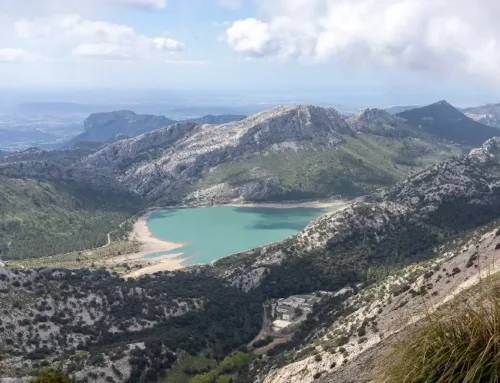In May, the Illes Balears achieved a record in the production of renewable energy, generating 58,328 MWh of photovoltaic energy, which represented 16% of the total electricity production. The installed capacity of solar photovoltaic energy increased from 229 MW in 2022 to 333 MW at the end of 2023. The proportion of renewable energy generation grew from 7.5% in 2022 to 11.5% in 2023, reaching 16% in just five months of this year 2024.

The maximum monthly production of photovoltaic energy has shown a constant increase: 1,432 MWh in January, 1,761 MWh in February, 2,403 MWh in March, 2,430 MWh in April, and 2,703 MWh in May, with the highest peak recorded on May 25. This increase is due to the many hours of sunshine in May and the low electricity demand due to the still limited need for air conditioning and moderate tourist influx.
Investments in solar parks and promotion of self-consumption
According to the Govern, the increase in clean energy production in the Illes Balears has been driven by the plans of the Conselleria de Empresa, Empleo y Energía. These initiatives have accelerated the energy transition through the stimulus to investments in solar parks and the promotion of self-consumption with aids directed to citizens, companies, and public administrations. The Conselleria, along with the Dirección General de Energía y Cambio Climático and the Instituto Balear de la Energía (IBE), is implementing public policies to expand renewable energy consumption, including the promotion of pioneering installations such as shared self-consumption and the bidding for photovoltaic installations in public buildings.
The IBE plans to put more than 15 shared self-consumption projects into operation in 2024 and expects to have at least one installation in each municipality of the Illes Balears by the end of the legislative term. This system allows people and companies without their own space for self-consumption, who do not want to carry out works, or who are renting, to participate in the energy transition. The electricity produced in these installations is distributed among the participants according to their assigned percentage, allowing them to save on their electricity bill and reduce the carbon footprint of their homes.







Leave A Comment